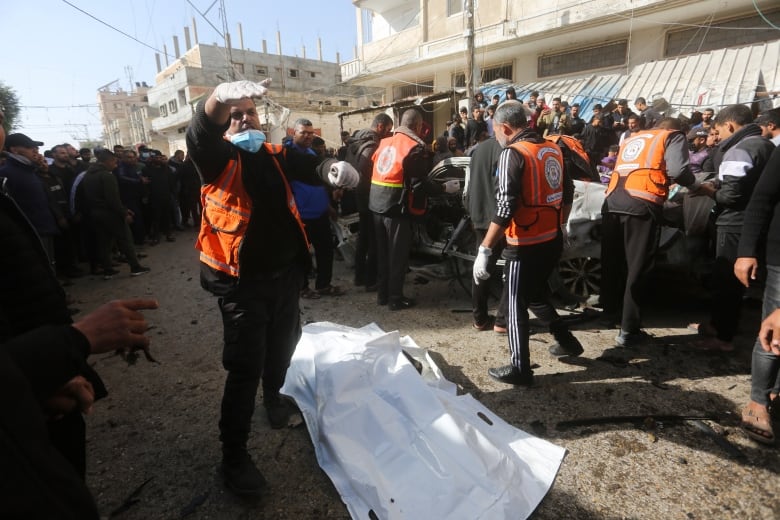Few outside journalists have been able to enter Gaza, but developments in satellite technology over the past decade have made it possible to accurately assess from space the destruction brought by the war in the small Palestinian enclave.
Some of the tools being used to track bomb damage in Gaza were developed to measure deforestation or damage following natural disasters.
In addition to taking bird’s-eye-view photos of rooftops and streets, satellites can aim radar at an angle, causing it to bounce off buildings and scatter in a way that allows operators to “see” not only rooftops but also the sides of structures. Computers can then compare it to baseline data collected before the bombs hit.
Corey Scher of the City University of New York Graduate Center and Jamon Van Den Hoek of Oregon State University are experts in mapping damage during wartime. They’ve studied the effects of aerial bombing and artillery strikes in conflicts ranging from Syria to Yemen to Ukraine.
They applied data from the Copernicus Sentinel-1 satellite to Gaza and found levels of destruction unprecedented in recent conflicts, Scher told CBC News.
“We’re adapting and building off of almost two decades of research that’s mainly gone into catastrophe impact mapping, so after seismic hazards or floods, and adapting those methods to war and conflict,” he said.
As of Dec. 22, 20,057 Palestinians have been killed in Gaza since the war started, according to the Hamas-run Gaza Health Ministry. During the Oct. 7 attack, Hamas militants killed about 1,200 people in Israel and took about 240 hostages back to Gaza, according to Israel.
The intensity of bombing in Gaza is something the researchers said they’ve never seen before.
“It’s just the sheer speed of the damage,” said Van Den Hoek. “All of these other conflicts that we’re talking about [Ukraine, Syria, Yemen] are years long. This is a little over two months. And the sheer tempo of the bombing — not just the scale of it but the sheer tempo — there’s nothing that tracks [like] this in such a short timeframe.”
The two researchers have worked extensively on Ukraine since Russia launched its full-scale invasion in February 2022.
“The extent and the pace of damage in Gaza only compares to the heaviest-hit cities that we’ve seen in Ukraine,” said Scher. “And those were much smaller areas….
Click Here to Read the Full Original Article at CBC | Top Stories News…

